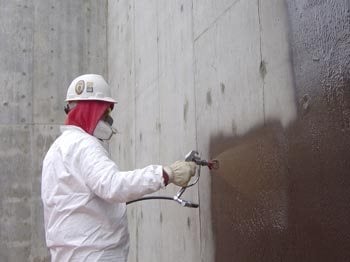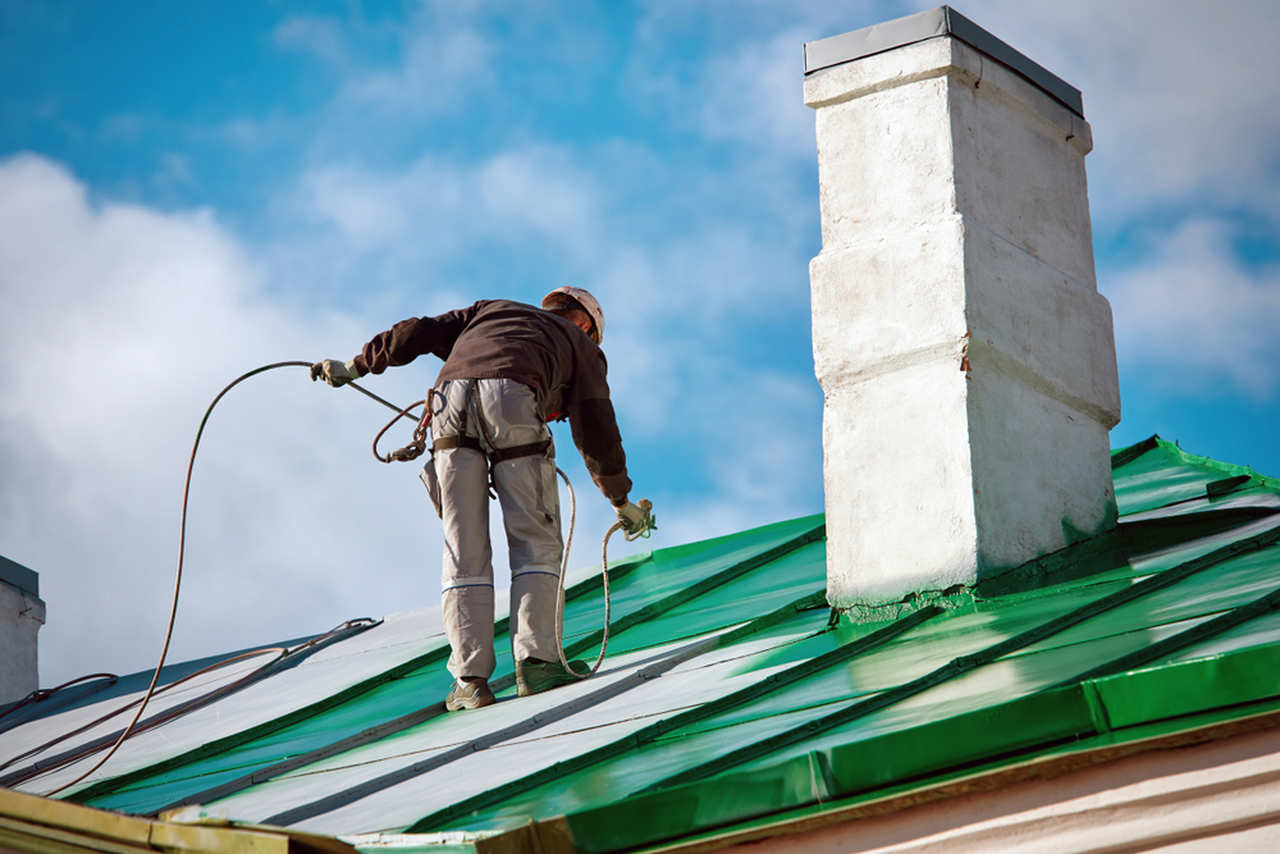How Landscape drainage Omaha Safeguards Your Foundation from Seasonal Flooding
Wiki Article
Types of Waterproofing: Exploring the Various Approaches and Their Applications
Waterproofing is an essential aspect of building and upkeep. It protects frameworks from the damaging results of water damage. There are numerous approaches readily available, each with its distinct applications and benefits. From membrane systems to cementitious remedies, understanding these options is essential for effective execution. The selection of waterproofing technique can considerably influence toughness and longevity. Exploring these numerous methods exposes their distinct benefits and prospective obstacles, triggering further factor to consider of ideal solutions.Membrane Waterproofing Solutions
Membrane waterproofing systems act as an essential obstacle against water invasion in numerous structures. These systems commonly contain thin sheets made from materials like rubber, polycarbonate, or asphalt, which are put on surfaces to avoid wetness infiltration. They can be mounted above or below grade and are particularly reliable in locations susceptible to high water exposure, such as basements, roofs, and foundations.The installment process includes cleaning up the substratum, using adhesives or primers, and precisely fitting the membrane to guarantee complete insurance coverage. Membrane layer systems can be either fully adhered, mechanically affixed, or laid loose, depending upon the specific requirements of the task. They use longevity and flexibility, fitting architectural motions without compromising their waterproofing abilities. Additionally, these systems can be enhanced with additional layers for improved protection. Inevitably, membrane layer waterproofing systems are essential for safeguarding structures against water damages and keeping long-term stability.Liquid-Applied Waterproofing Coatings
Liquid-applied waterproofing finishes supply a flexible option for securing surfaces from water seepage - Landscape drainage Omaha. These finishes contain liquid products that, when used, develop a seamless, adaptable membrane layer. Their adaptability enables application on different substrates, including concrete, metal, and wood. The finishes can be utilized in diverse atmospheres, from household to industrial settings, making them appropriate for roofing systems, foundations, and below-grade structures.One substantial benefit of liquid-applied finishes is their capacity to satisfy uneven shapes and penetrate fractures, producing a robust obstacle against dampness. They commonly show superb bond buildings and resistance to UV radiation, guaranteeing long life and durability. Additionally, the application procedure is normally simple, permitting for fast installment and decreased labor costs. This method additionally reduces the danger of water merging, as the continuous layer successfully directs water far from at risk locations. On the whole, liquid-applied waterproofing finishes are an effective choice for complete water protectionCementitious Waterproofing Solutions

Cementitious waterproofing services offer a durable option for structures needing reliable wetness defense. These systems largely utilize a mix of concrete, sand, and chemical additives to produce a water resistant obstacle. They are frequently put on surfaces such as concrete wall surfaces, structures, and floors, supplying a sturdy, lasting defense against water intrusion.One of the essential benefits of cementitious waterproofing is its simplicity of application; it can be applied utilizing a brush, roller, or spray, making it ideal for various job dimensions. Furthermore, this technique works with numerous surface areas and can frequently be made use of together with other waterproofing techniques.Cementitious services are particularly effective in settings where water exposure is an issue, such as cellars or below-grade structures. Their excellent bond homes guarantee that they bond well with substrates, giving a solid and nonporous layer versus wetness infiltration.
Bentonite Waterproofing
Bentonite waterproofing is a very efficient approach that utilizes salt bentonite clay to create an all-natural barrier against water. This method exploits the special residential properties of bentonite, which broadens upon contact with water, sealing any prospective leaks and preventing wetness infiltration. It is generally utilized in different applications, consisting of structure walls, tunnels, and retaining walls, where water resistance is essential.Bentonite can be used in several types, such as panels or coverings, providing adaptability in setup. Its capacity to self-seal makes it an eye-catching option for locations based on moving soil or rising and falling water levels. Furthermore, bentonite waterproofing is eco-friendly, as it is a natural material Water Solutions that does not present dangerous chemicals into the environments.Drain and Exterior Waterproofing Equipments
Reliable waterproofing typically includes a mix of techniques, including drain and outside systems. Drain systems, such as French drains and sump pumps, are developed to redirect water away from frameworks, minimizing hydrostatic stress versus foundations. These systems are essential in preventing water build-up that can result in structural damage and mold and mildew growth.External waterproofing, on the various other hand, involves using protective obstacles to the building's exterior. Strategies such as the installation of water-proof membranes, finishes, or sealants can assist prevent water seepage. This approach not only secures the structure yet likewise enhances the total toughness of the structure.Together, drainage and outside waterproofing systems form a thorough service to take care of water successfully. By applying these strategies, homeowner can safeguard their financial investments versus the damaging effects of dampness, ensuring lasting stability and safety for their structures.Frequently Asked Concerns
Exactly how Do I Pick the Right Waterproofing Approach for My Job?
Selecting the best waterproofing method relies on aspects such as job kind, environmental conditions, budget, and preferred durability. Evaluating these elements permits informed decisions customized to details needs and needs.
Can Waterproofing Be Applied in Winter Issues?
Waterproofing can be used in winter conditions, but it calls for certain products and strategies. Cold temperatures might impact treating times and attachment, necessitating cautious option of products developed for low-temperature application.
What Are the Common Indications of Waterproofing Failure?
Typical indicators of waterproofing failing include noticeable water stains, peeling off paint, wet smells, mold and mildew growth, and cracks in wall surfaces or structures. Drainage & waterproofing company Omaha. These signs suggest that wetness is penetrating the obstacle, jeopardizing its performanceThe Length Of Time Does Waterproofing Last Before Requiring Maintenance?
The longevity of waterproofing differs, normally lasting between 5 to ten years. Variables such as material high quality, ecological problems, and upkeep methods affect its resilience, demanding routine examinations to ensure effective security versus water breach.Are There Eco-Friendly Waterproofing Options Available?
The concern of eco-friendly waterproofing choices discloses an expanding interest in lasting materials (Water Solutions Omaha). Different natural substances, such as plant-based sealants and recycled products, provide efficient options while reducing ecological effect, interesting eco conscious consumersReport this wiki page